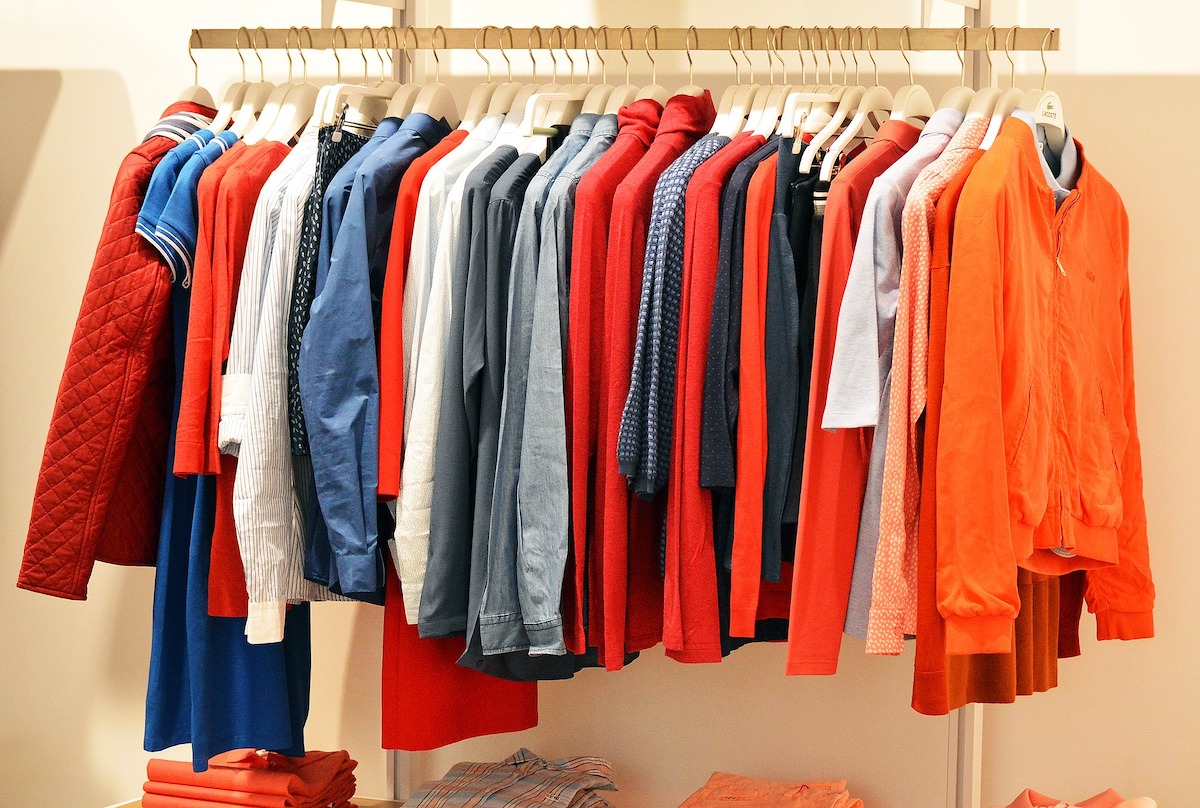Most people who have ever tried on a piece of clothing in a fitting room know the feeling of something not fitting right. In today’s world, we are quick to put the blame back on ourselves: time to cut back on the sweets, hit the gym or try that new weight loss program.
But what if we told you that the disappointing feeling of not fitting into your regular size, whether it be too big or too small, has nothing to do with you, but rather a flawed sizing system that has been around since the beginning of ready-to-wear clothing?
A Lack of Representation
Less than 100 years ago, almost all clothing was still being made, altered and repaired within the home. While up to this point, there had been various mass-produced clothing items, most people knew that if they wanted their clothes to fit right, they had to do it themselves.
That continued to be the norm until about the 1940’s according to the Time article, The Bizarre History of Women’s Clothing. Up until that point, the only “standardized sizing” was based on a person’s age instead of their body’s actual measurements. So for example, an 8-year-old child would wear a size 8, a 12-year-old a size 12 and so-on. We actually still see the remnant of this sizing pattern for infants and toddlers. Think back to the last time you bought an outfit for an infant – your options were most likely newborn, 1-3 month, 4-6 months, etc.
But in the 1940’s, the National Bureau of Standards created a new standard of sizing ranging from 8 to 38, a height differentiator of tall, regular and short and a +/- when referring to girth.
The Lasting Effects
Since the 40’s these standards have been warped and skewed in every way imaginable. Trends of accentuating and exaggerating slimness encouraged sizes below an 8 with some brands now listing double 00’s.
This cultural shift in the 90’s and early 2000’s with ‘Vanity Sizing’ made it even harder to determine what size you should search for when you walk into a store or shop for something online.
But in the early to mid-2010’s, we finally started to see a new trend emerge.
Instead of associating sizing with attractiveness or health, brands started to recognize sizing for what it should be: the measurements of an article of clothing to fit a human body. And even more importantly: any and all human bodies – no matter the size and shape.
The Air Waves Difference
Built on a company culture around listening to our customers, continued research, and innovative development, Air Waves stays committed to adapting as needed to fill gaps in our industry. Our customer feedback on styles, fit, and feel are important to us and we continue to improve our products.
Interested in learning more about the Air Waves brand and our main lines of business? Visit our website or speak to an Air Waves representative today.






